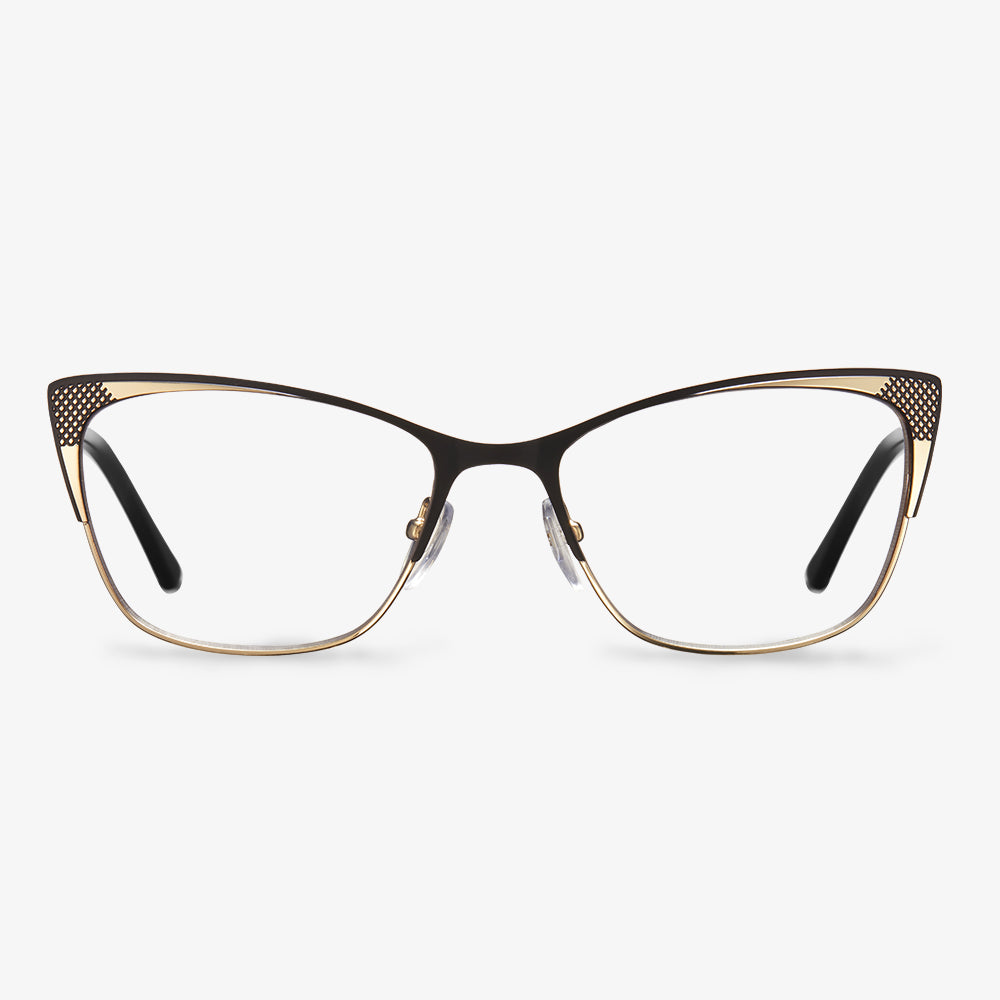What does the Drop Ball Test have to do with the eyewear industry?
FDA mandates that eyewear products must ensure their safety. Impact resistance is a basic norm for binding glasses and/or lenses in the United States. The FDA does say that a drop ball test must be performed on every glass lens for prescription use. The FDA-regulated eyewear products are common in the everyday lives of the public, and the FDA considers impact-resistant lenses to be an important part of the safe design of these devices. Today, safety lenses are rarely mentioned in our sales, but in the 1990s, when resin lenses first entered the Chinese market and glass lenses still dominated the market, safety lenses were a pretty important concept. At the time, the hardening technology has not been upgraded, and the resin lens is easy to wear out than the glass lens. The eyewear industry is relying on lightness, safety (anti-impact), comfort (anti-ultraviolet) step by step to achieve the market share of resin lenses from 1% to 100%.
How Long Does It Take to Get Used to Varifocals?
When you get a new pair of glasses, you have to get used to them. So, how long does it take to get used to the glasses? Some people only need a couple of days to get used to them while some others may need up to two weeks.
It is normal if you can only see the frame rim of your glasses when you first wear them. The reason for this lies in the brain’s visual center. It needs to adapt the new and greatly improved visual conditions.
Data obtained by computer optometry alone may not be accurate.
The first thing is to go to the optometry store, or the hospital to do a glasses degree test, namely to get single optometry. The precision computer optometry has errors, and computer optometry is only used to measure separately monocular degrees. What we need is the best visual effect of the binocular match, so the exact prescription needs to be carefully confirmed by comprehensive optometry. Optometrists will ask everyone to try on the insert lenses again, and even need to repeatedly try on several degrees of lenses, in order to finally determine which degree is the most appropriate, because even the professional optometry data is only a rough range, only based on the data of glasses is not necessarily suitable for their own. You can use a focometer to measure the actual parameters of the glasses you are wearing. If you are still unsure of your prescription, it is recommended to fax, mail, or mail your prescription to the merchant when placing your order.
What Are Varifocal Glasses?
Varifocal glasses, also known as varifocals, varifocal lenses, or progressive lenses, have a gradual change in strength from the top of the lens to the bottom with multiple focal points in between. Unlike bifocals, varifocals glasses have no specific area of lens strength, but progressive lens zones.
As mentioned above, varifocal glasses have three different prescriptions in one pair of glasses, allowing you to correct near and far vision. So, they bring you great convenience since you don’t need to change the glasses frequently.
However, there are also some common problems with varifocal glasses and we will show you the disadvantages of varifocal glasses.
So, in the following section, we will show you the disadvantages of varifocal glasses.
Rimless Glasses 393014
They are not heavy, with a nose pad and spring hinge. It is a metal alloy frame, and it has a designer acetate temple. This pair of glasses show lens shape #226. These different lens shapes and selection of size can greatly change the overall look and final size.
Do blue light glasses actually block blue light?
Anti-blue light glasses are still popular on the market. This kind of glasses is said to be 'anti-radiation and anti-blue light', but this kind of hot-selling anti-blue glasses has many problems. At present, such anti-blue glasses mainly block or absorb blue light through special materials, but there are two misunderstandings in its blue light protection. One is that the protection is not preventable, and the other is that the color cast caused by the wrong protection makes visual fatigue aggravated. Studies have shown that our eyes are the most intolerant of blue light in the 400nm to 440nm band. Therefore, current manufacturers mainly block blue light in this band when producing anti-blue glasses. But the electronic products that we often come into contact with nowadays produce blue light between 450 nanometers and 490 nanometers, and anti-blue glasses have almost no protection in this wavelength. Generally speaking, the blocking rate of anti-blue glasses is 20% to 30%, but now the blocking rate of anti-blue glasses on the market basically reaches 80% to 90%. This high blocking rate can also easily cause a color shift. , It is easier to make the eyes tired.
What is a drop ball test?
The Drop Ball Test, known as the Basic Impact Test, is an Impact Test administered by the Food and Drug Administration to determine the safety of eyeglasses. Eyeglasses (sunglasses, exercise glasses, near-sightedness glasses, reading glasses, etc.) are a category of medical devices covered by the Food and Drug Administration. When glasses are exported to the United States or put on shelves on Amazon,eBay, and other platforms, they need to be registered by FDA. Besides the product listing, when the product passes the customs, the company may be asked to produce a Certification Statement of Impact Resistance stating that the product meets 21CFR801.410 Drop Ball Test requirements.











































